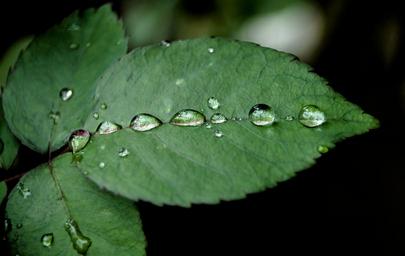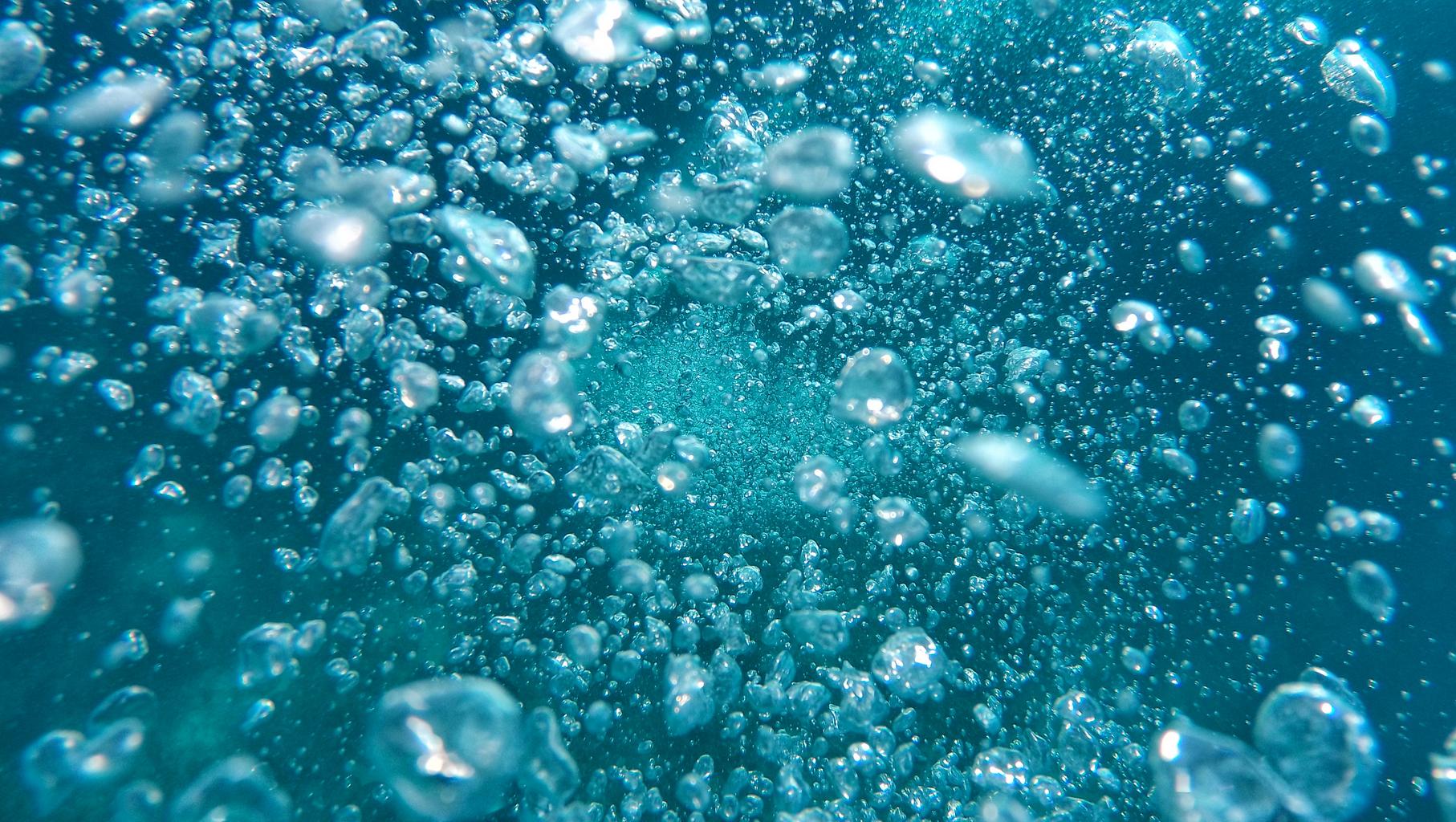Introduction
In today's world, where climate change and environmental sustainability are at the forefront of global conversations, understanding the environmental impact of HVAC systems has never been more crucial. Heating, ventilation, and air conditioning (HVAC) systems play a significant role in maintaining indoor comfort but can also contribute to energy consumption and greenhouse gas emissions. This article aims to uncover the multifaceted effects of HVAC systems on our environment while providing practical strategies to minimize their ecological footprint.
The Environmental Impact of HVAC Systems and How to Minimize It
HVAC systems are ubiquitous in residential and commercial buildings, providing essential comfort throughout the year. However, their operation has significant environmental ramifications. They consume a substantial amount of electricity, often generated from fossil fuels, leading to increased carbon emissions. Moreover, refrigerants used in many air conditioning units can be potent greenhouse gases if not managed correctly.
Energy Consumption and Greenhouse Gas Emissions
One of the most pressing issues associated with HVAC systems is their high energy consumption. According to the U.S. Department of Energy, HVAC systems account for nearly 50% of a typical home’s energy use. This reliance on electricity contributes to greenhouse gas emissions:
- Fossil Fuel Dependency: Many regions still rely heavily on coal or natural gas for electricity generation. Refrigerant Leakage: Older HVAC systems may use refrigerants like HFCs that have a high global warming potential (GWP).
Strategies to Reduce Energy Use
Upgrade to Energy-Efficient Models: Invest in ENERGY STAR-rated appliances. Regular Maintenance: Keep filters clean; consider using an air filter red light indicator as a reminder. Smart Thermostats: Automate temperature control based on occupancy.Water Usage and Pollution
Many HVAC systems rely on water for cooling processes, which can lead to wastage and pollution:
- Cooling Towers: These devices can draw significant amounts of water from local sources. Chemical Treatment: Chemicals used in water treatment can leach into water supplies if not managed properly.
Mitigation Strategies
Closed-Circuit Cooling Systems: Reduce water intake by recycling used water. Regular Water Quality Testing: Ensure that any chemicals used do not pollute local water sources.Understanding Different Types of HVAC Systems
Various types of HVAC systems exist today, each with its own environmental footprint:
Central Air Conditioning vs. Window Units
Central air conditioning units are typically less efficient than window units but provide better overall cooling for larger spaces.
| Feature | Central AC | Window Unit | |------------------------|--------------------------------|----------------------------------| | Efficiency | Moderate | High for small spaces | | Installation Cost | High | Low | | Environmental Impact | Higher due to size | Lower due to localized use |
Heat Pumps vs. Traditional Heaters
Heat pumps offer a more eco-friendly alternative compared to traditional heating methods:
- Utilize ambient air or ground heat Significantly lower carbon emissions
Choosing the Right System
Consider factors like climate, building size, and energy costs when selecting an HVAC system.
The Role of Air Filters in Enhancing Efficiency
Air filters play a critical role in maintaining indoor air quality while improving system efficiency:
Types of Air Filters
HEPA Filters: Capture small particles effectively but may reduce airflow if dirty. Activated Carbon Filters: Good for odors but require regular replacement.Importance of Regular Replacement
Using an air purifier always red light indicator helps remind homeowners when it's time for filter changes—keeping efficiency high!

Humidity Control: An Overlooked Aspect
Humidity levels significantly affect http://thinkersparadise596.yousher.com/pet-air-purifier-red-light-what-pet-owners-should-know comfort and indoor air quality:

Understanding Dehumidifiers
Dehumidifiers help maintain optimal humidity levels, especially in damp areas like basements:
- Types include refrigerant-based dehumidifiers and desiccant varieties.
Best Practices for Humidity Control
Should I close the door when using a dehumidifier? Yes! This concentrates moisture removal in one area. Consider portable options for specific rooms.Using Silica Gel in Shoes
For personal items like shoes, silica gel packets can efficiently absorb moisture—helping prevent mold growth!

Innovative Technologies in HVAC Systems
New technologies are emerging that can minimize environmental impacts while enhancing performance:
Smart Home Integration
Integrating smart devices allows homeowners to monitor energy consumption closely through applications that show real-time usage statistics.
Advanced Thermostats and Sensors
Thermostats equipped with sensors adapt settings based on occupancy patterns—reducing unnecessary operation time!
The Importance of Insulation in Reducing Load on HVAC Systems
Proper insulation ensures that buildings retain their heating or cooling without straining the HVAC system:
Types of Insulation Materials
- Fiberglass Foam board Spray foam
Choosing High-Rated Insulation
Look for materials with high R-values (resistance values) suitable for your climate zone.
FAQs
1. What does the red light mean on the air purifier?
A red light generally indicates that it’s time to replace the filter or there is an issue requiring attention.
2. What is a sensitive group for air quality?
Sensitive groups include children, elderly individuals, pregnant women, and those with pre-existing health conditions who may be affected by poor indoor air quality.
3. Should I close the door when using a humidifier?
Yes! Keeping doors closed helps maintain humidity levels more effectively within a confined space.
4. How do I fill my humidifier?
Typically requires adding distilled or purified water into the designated tank—avoid tap water due to mineral buildup concerns!
5. What are some troubleshooting tips for air purifiers?
Check filters regularly; ensure nothing blocks airflow; reset device according to manufacturer instructions if error codes appear.
6. Is infrared heat better than ceramic heaters?
Infrared heaters warm objects directly rather than heating air—often considered more efficient but depends on individual heating needs!
Conclusion
In examining "The Environmental Impact of HVAC Systems and How to Minimize It," it becomes evident that every facet—from energy consumption to humidity control—plays a vital role in our planet's health. By adopting greener technologies, improving maintenance practices, and making informed choices about installations and upgrades, we can significantly lessen our environmental footprint related to HVAC usage while ensuring comfortable living conditions year-round.
By understanding these various elements surrounding HVAC systems' operations—and implementing effective strategies—we're not just improving our immediate environment; we're contributing positively toward a sustainable future for generations yet unborn!